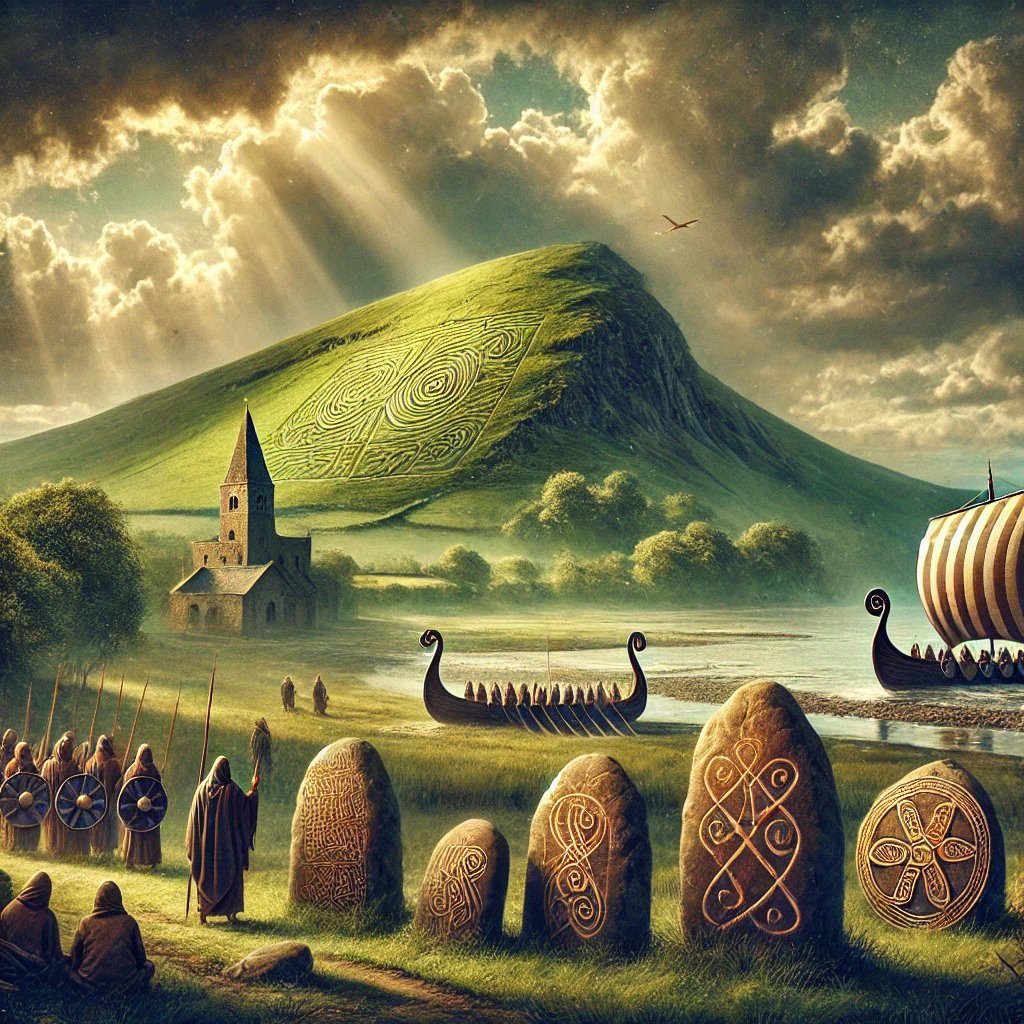What Was Ireland Called 1000 Years Ago? Exploring Ireland’s Ancient Names and Legacy


Ireland, with its misty landscapes and ancient lore, has always been a place of mystery and enchantment. Its history stretches back millennia, and even its name has evolved over time. What was Ireland called 1000 years ago? To answer that, we must step into the rich tapestry of Irish history, where mythology, language, and identity converge.
Ireland’s Name in Ancient Times
A thousand years ago, during the early medieval period, Ireland was primarily referred to as Éire in its native Irish language. This name has its roots in mythology, specifically the goddess Ériu, one of the three sovereignty goddesses of Ireland. Ériu was said to embody the spirit and essence of the island, making her name synonymous with the land itself.
However, the island was also known by other names depending on the context and who was referring to it:
- Hibernia: Derived from Latin, this name was used by Roman writers, even though Rome never conquered Ireland. Hibernia translates to “land of winter” or “wintry land.”
- Scotia: This term was used in medieval Latin to describe Ireland before being associated with Scotland. It referred to the island’s Gaelic-speaking inhabitants, the Scoti.
Discover more about Ireland’s historic past and its cultural legacy at Secret Ireland.
The Mythological Origins of Éire
The name Éire comes from the mythology surrounding the goddess Ériu. In the Lebor Gabála Érenn (The Book of Invasions), Ériu and her sisters Banba and Fódla represented the spirit of Ireland. When the Milesians (mythical invaders) arrived, they encountered these goddesses, who requested that the island be named after them. While Ériu ultimately became the dominant name, Banba and Fódla are still poetic names for Ireland.
This mythological connection imbues the name Éire with a sense of identity and heritage that persists to this day.
The Name Ireland: A Norse Influence
The English name “Ireland” stems from the Old Norse word Írland, which was influenced by the Norse incursions during the Viking Age. The Vikings established settlements like Dublin, Limerick, and Waterford, leaving their mark not only on Ireland’s cities but also its nomenclature.
Explore more about Ireland’s rich history and its evolving identity through its historic places at Secret Ireland.
What Was Ireland Like 1000 Years Ago?
A thousand years ago, Ireland was a land of tuatha, or small kingdoms, each ruled by a chieftain or king. The island’s political structure was fragmented, with alliances constantly shifting. Despite this, there were common cultural and religious practices across the island, many rooted in ancient Celtic traditions.
Key Aspects of 11th-Century Ireland:
- Monastic Influence: Monasteries were centers of learning, art, and spirituality, producing iconic works like the Book of Kells.
- Norse Impact: The Vikings had integrated into Irish society by this time, contributing to trade and urban development.
- Language: Old Irish was the dominant language, laying the foundation for modern Irish (Gaeilge).
Other Names and Titles for Ireland Through History
Ireland’s identity has been shaped by various cultures, each leaving its linguistic imprint:
- Ériu / Éire: The island’s ancient and enduring native name.
- Hibernia: A poetic term used by Roman and later European writers.
- Inis Fáil: Translated as “Island of Destiny,” this name originates from Irish mythology.
- Scotia: A term that reflects Ireland’s Gaelic heritage, later associated with Scotland.
Discover the landmarks that bring these historical names to life by visiting Secret Ireland’s guide to historic sites.
Why Ireland’s Names Matter
Understanding the names of Ireland offers more than just historical insight; it reveals the layers of identity, myth, and cultural exchange that have shaped the island. Each name—from Éire to Scotia—tells a story of the people who lived there, the cultures they encountered, and the enduring spirit of the land itself.
For those who seek to uncover the historic places and stories behind these names, Ireland offers a journey like no other. From ancient tombs like Newgrange to the monastic wonders of Glendalough, every corner of the island holds a piece of its history.
To explore Ireland’s rich heritage, visit Secret Ireland and uncover the layers of time that make this land so remarkable.
Ireland’s story is still being told—one name, one legend, and one historic place at a time.



